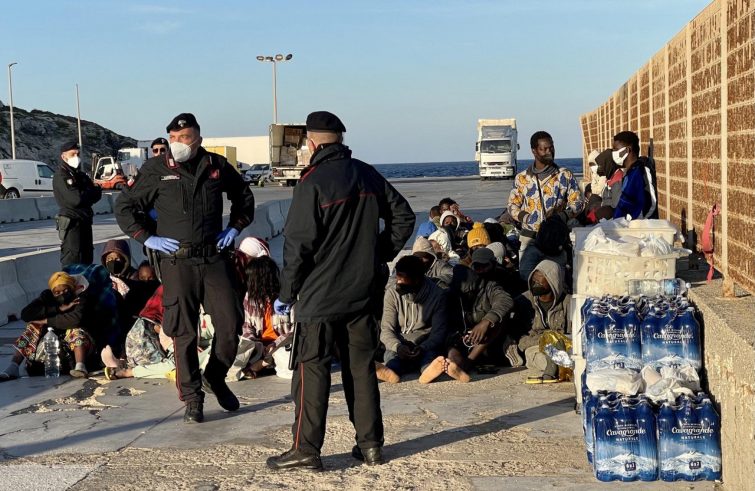
The Council of Ministers gave the go-ahead to the 2023 Economic and Financial Document (‘DEF’), the text normally released in the month of April outlining the overall framework, the estimated targets, and the ‘limits’ of the forthcoming budget law, together with the projected trends for the following years.
For the present year, the government estimates a 0.9% growth, up to 1% as a result of the adopted measures. Last autumn’s DEF updated report forecast a 0.6% growth, so in spite of everything (the figure for 2022 had been entirely different: +3.7%) the Italian economy is showing signs of vitality or, as they say, resilience.
However, the outlook for the future is less favourable than expected. For 2024, the November Update showed a 1.9 per cent increase, while the new DEF will remain 1.5 per cent. The international context, after all, is fraught with uncertainties, not only at the geopolitical level. Inflation – just to mention one of the most relevant factors – is projected at 5.4%, i.e. three points more than the figure forecast a year ago. And it is still unclear how the restoration of the stability pact, with its financial commitments and constraints, will take shape in 2024. The government has opted to stick to the existing deficit target (4.5%), as opposed to the trend estimated for the current year (4.35%). The difference between the two figures means that it has been decided to incur an additional deficit of approximately EUR 3 billion, which the government plans to earmark to reduce the tax burden of employees with medium-low incomes. The cut in the ‘tax wedge’ (amounting to more money in the paychecks of employees), the government declared in a note, aims to “protect workers’ purchasing power” while contributing “to wage moderation so as to prevent a dangerous wage-price spiral.” As a consequence, for this year there is no scope for deficit financing of major tax and pension measures – to name two crucial sectors of the government agenda – and therefore each measure will have to be internally financed.
The point is that the robust post-pandemic rebound, that saw Italy take the lead in Europe, has virtually exhausted its propulsive thrust, not least because of the war and the energy crisis, and today the only factor that is realistically capable of restarting our economy is the National Recovery and Resilience Plan (‘PNNR’) that we are striving towards with mixed results, and whose implementation requires our best efforts at all levels, as the President of the Republic never ceases to remind us.
The most important decisions of the latest Council of Ministers include the announcement of a state of emergency “in connection with the sharp rise in migrant flows into the national territory via the Mediterranean migration routes.” The decision applies to the whole of Italy and it will last for six months. There was a precedent of this kind in 2011 (at the time, Roberto Maroni served as Minister of the Interior) during the so-called ‘Arab Spring’, but with much greater migrant inflows compared to today. Moreover, the ’emergency’ approach to the migration issue has been steadily confirmed in recent years and months.
At the same meeting, the cabinet adopted a bill providing for an administrative sanction of €20,000 to €60,000 “for whoever destroys, dissipates, deteriorates, or renders useless or unusable all or part of cultural or landscape property owned by them or by others, in addition to the criminal sanctions already in place.” “Whoever desecrates, defaces, soils or causes cultural assets to be used in a way that is detrimental to or incompatible with their historical or artistic significance” will be liable to a sanction of EUR 10,000 to EUR 40,000. The proceeds, the government stated in a note, will be transferred to the Ministry of Culture, for priority spending on the restoration of the damaged assets.












